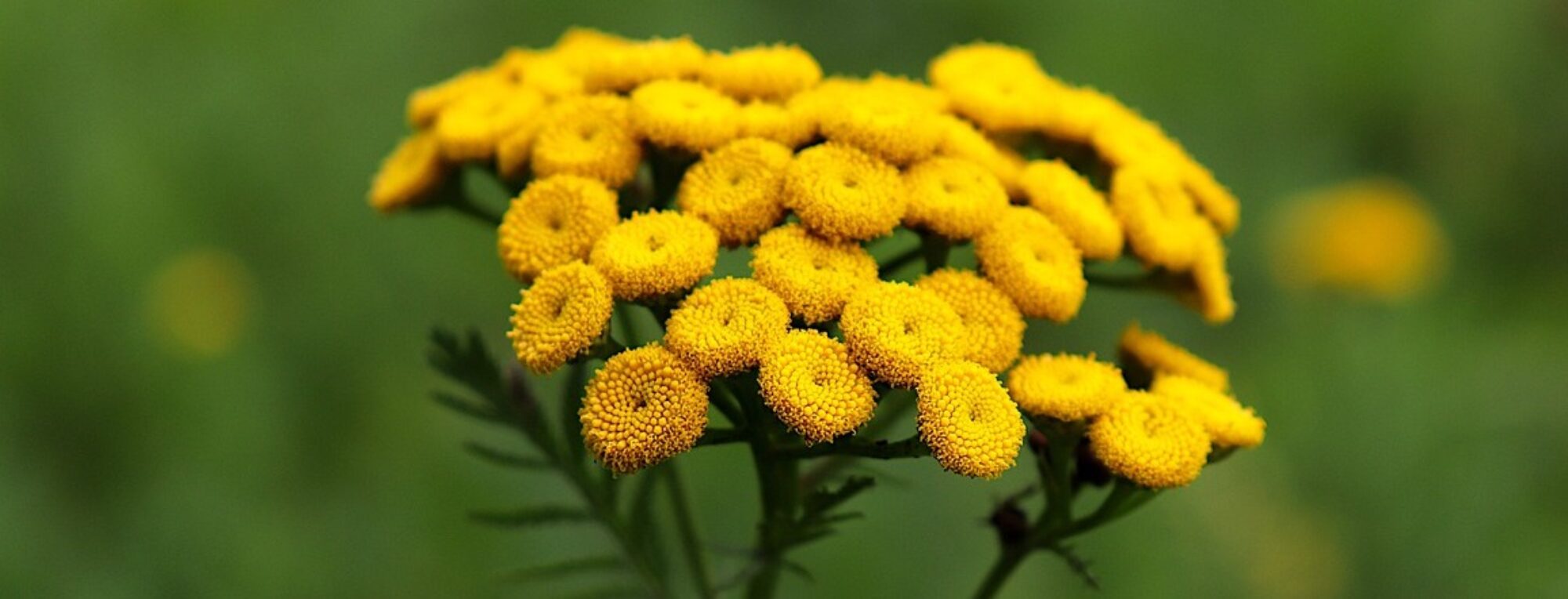
English name: Hyssop
Family: Lamiaceae
Botanical characteristic: Perennial plant, semi-shrub, 20-60 cm high. The stem is straight, angular. The leaves are sessile, linear-lanceolate, entire-margined. Flowers of blue, purple, pink color are arranged in branches and form a whole. The fruit is hard.
Microscopic drawing:

Distribution: It originates from the Mediterranean Sea. In our latitudes, it is grown in gardens. It grows on sunny, dry sites, railway embankments.
Drug: Hyssopi herba
Harvesting method: It is harvested at flowering time with secateurs in dry weather.
Drying: It is dried naturally in thin layers in an airy and shady place. Artificially in a drying room where the temperature must not exceed 35 °C.
Active substances: Hyssop is characterised by a distinctive scent, which indicates the presence of essential oils. These are represented mainly by pinocamphone and isopinocamphone, but also by pinocarvone, limonene and pinene. As part of its metabolism, the plant synthesises flavonoids (diosmin), various phenolic compounds (rosmarinic acid), bitter substances (marubiin) and triterpenes (ursolic or oleanoic acid).
Uses: The drug has weak anti-inflammatory effects, promotes the expectoration of thick viscous mucus, has an antispasmodic effect on spasms of the gastrointestinal tract and relieves wind. Hyssop infusions are attributed antiseptic effects and can be gargled with inflammation of the gums and nasopharynx. It tastes spicy and bitter, which stimulates the production of digestive juices and supports digestion.
Selected herbal preparations: AGROKARPATY YZOP Medicinal anti-inflammatory tea 20×2 g, JUVAMED YZOP MEDICINE – INTENSE loose herbal tea 1×40 g, Dr.Svatek COUGH SYRUP from herbs 250 ml, Liftea SAGE + YZOP cps 30 pcs, PSICOPHYT REMEDY 2 drops 50 ml.
